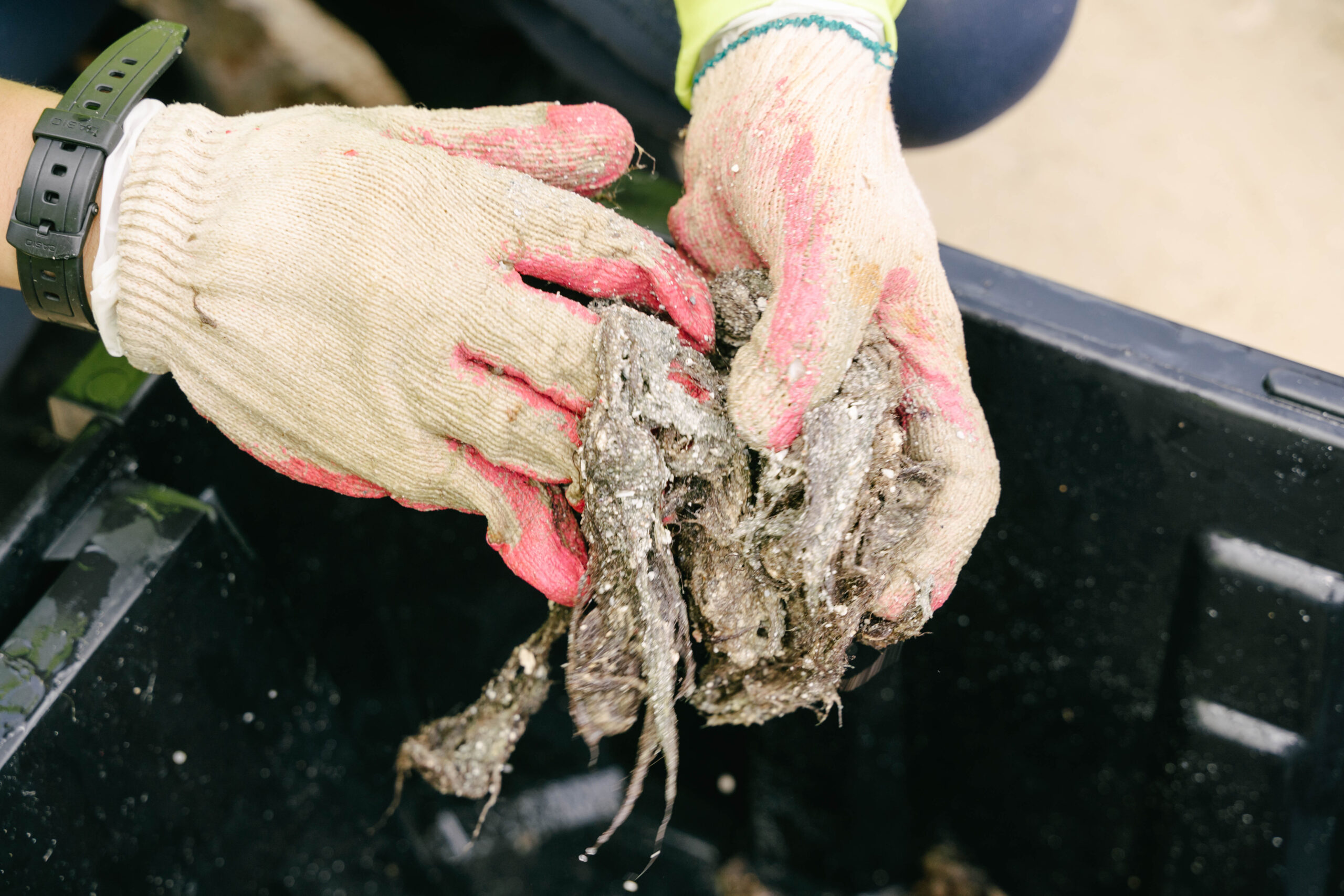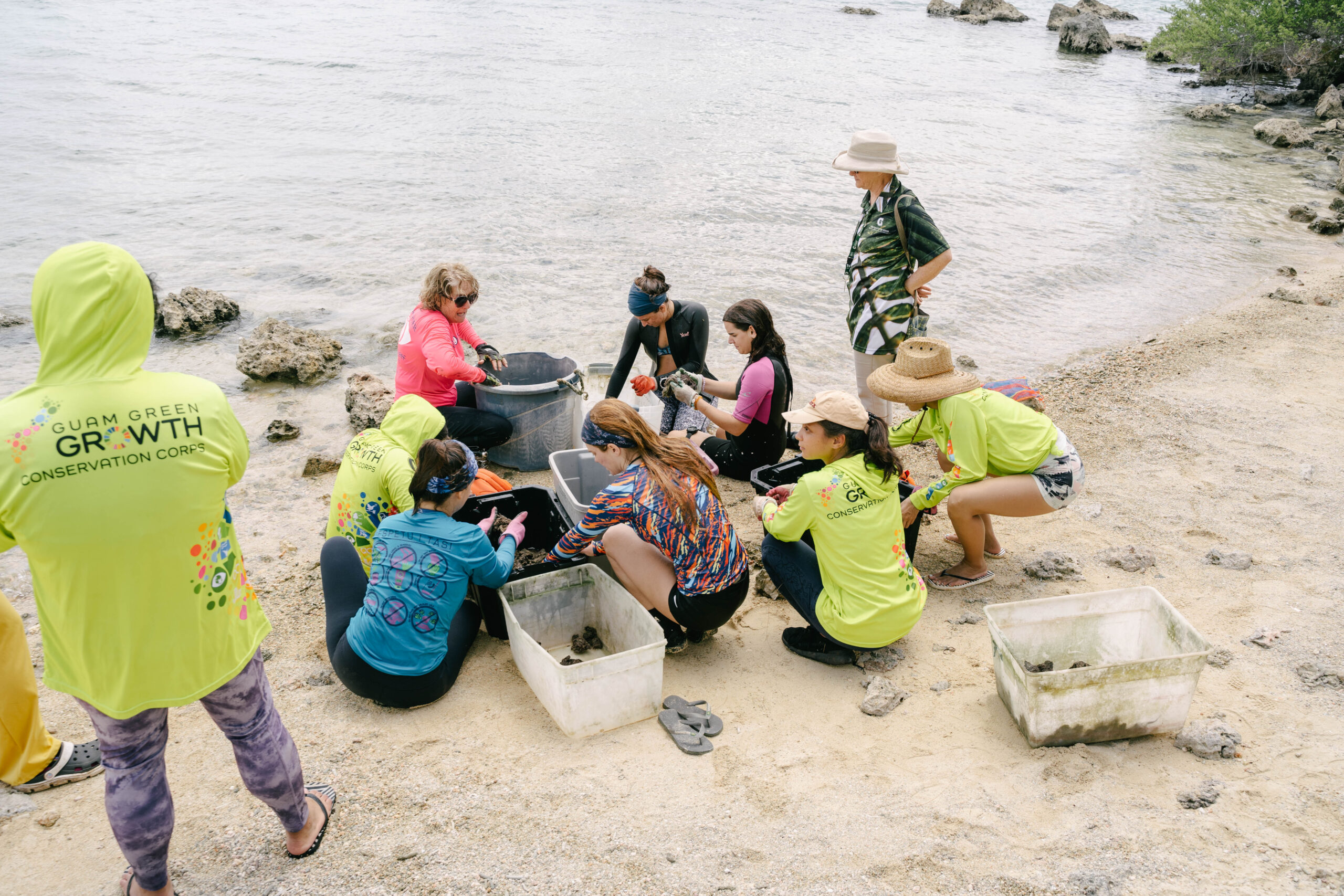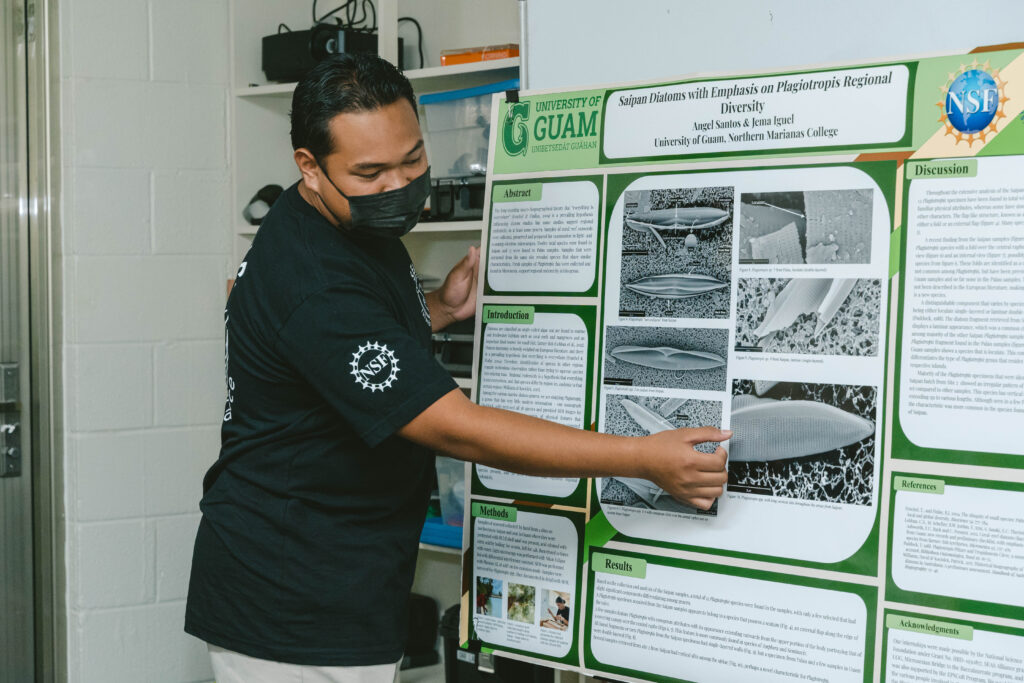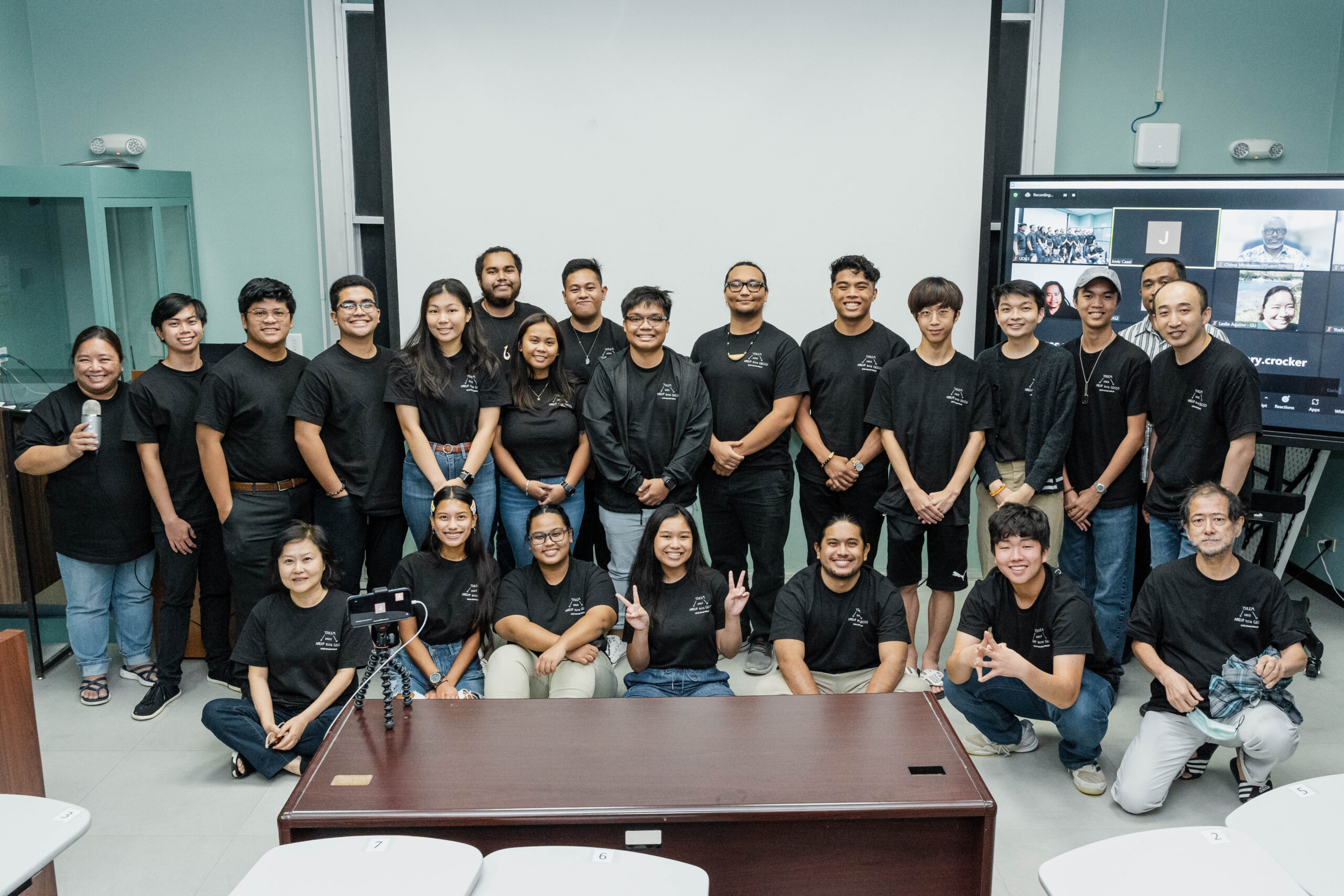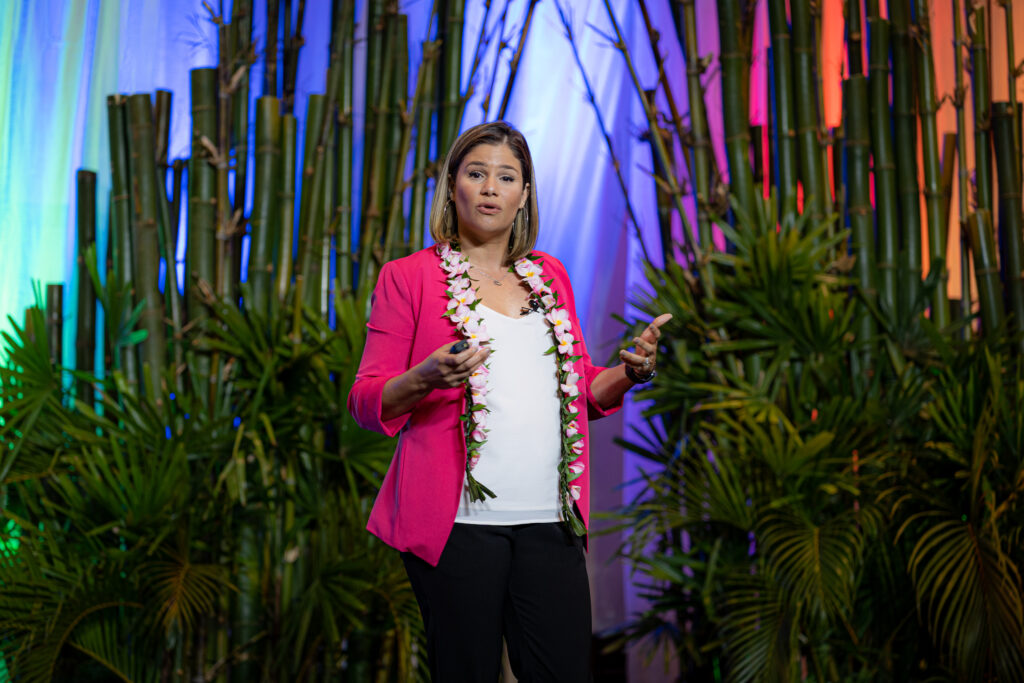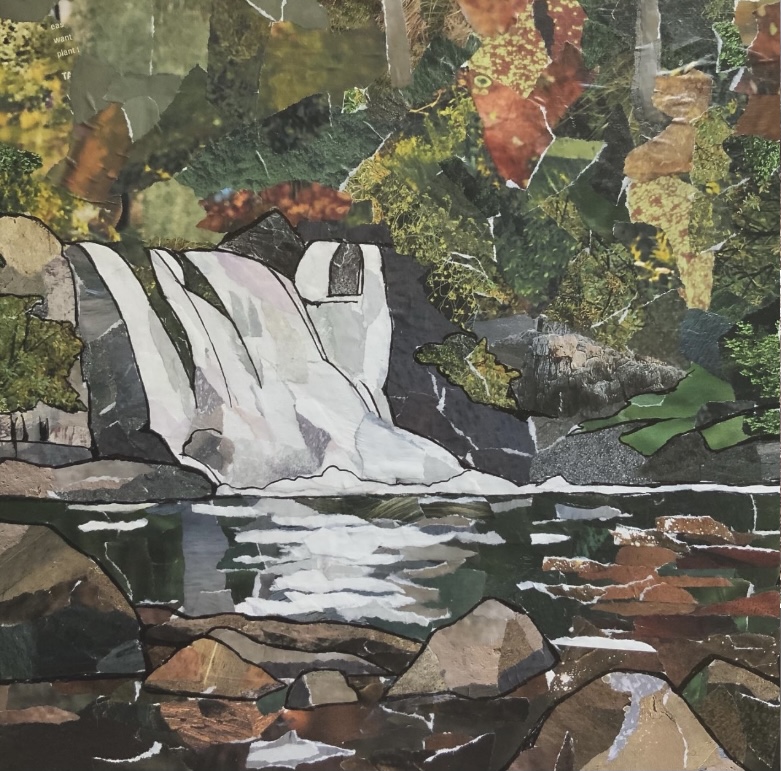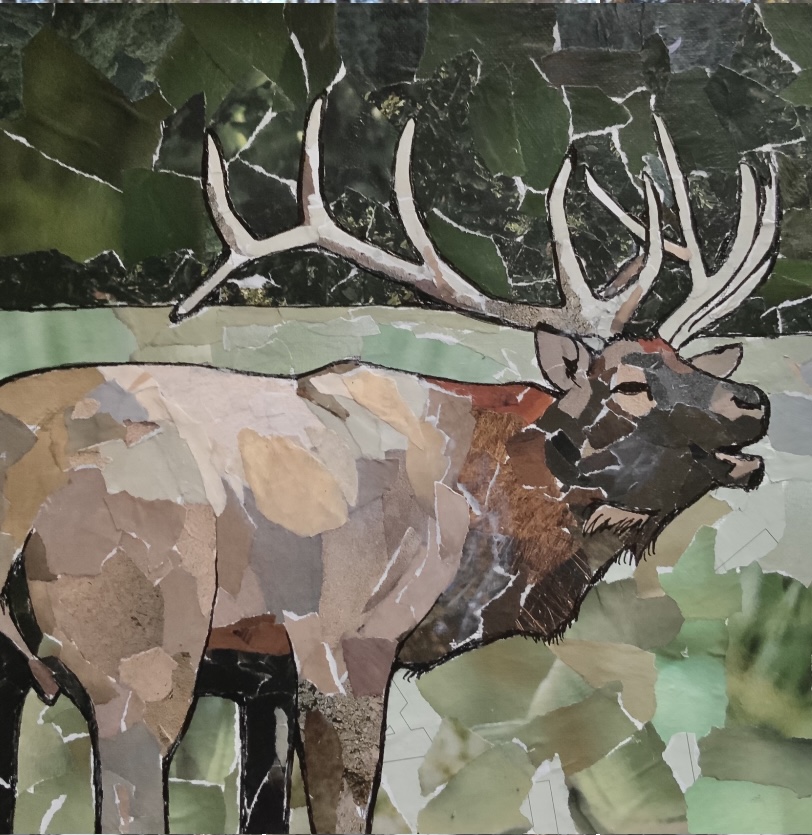A second cycle of sustainability leaders kicked off their first week under one of the Guam Green Growth (G3) Initiative’s most highly mobilized programs on March 14 at the University of Guam.
Out of over 100 applicants, 12 members were selected to participate in the G3 Conservation Corps, entering a five-month workforce development program preparing our community for the emerging green economy. This week started with an orientation offering key program guidelines, remarks from G3 leadership, team building exercises, tips from a panel of inaugural cohort members, and the recitation of the new Conservation Corps pledge.
The G3 Conservation Corps completed their first island beautification project – gardening at UOG’s colorful cliffside planter boxes highlighting the U.N.’s 17 Sustainable Development Goals (SDGs).
The following new members will partake in various conservation activities to support the resilience of our island community and natural resources: Jenelle Aguilar, Rejean Benavente, Johnny Borja, Jacob Concepcion, Remilou Hannigan, Dulce Imbo, Wade Kitalong, Andrea Murer, Ryan Perez, Christopher Quichocho, Hila’an San Nicolas, and Tre Starr.
“The Corps will bring together hundreds of different members from our community… to do amazing things to move our island forward toward a sustainable future,” Austin Shelton, UOG Center for Island Sustainability (CIS) director and G3 Steering Committee co-chairperson, said to the members. “At the same time, the Corps will receive valuable workforce training to join the green workforce when they complete the program.”
“Growing up on this island, we really get a lot of love for our culture and our environment. Seeing some of it deteriorate in our young lives, I feel like it’s really good to be able to set the foundation for the future, to teach better ways, so our island stays beautiful, and we can share it with everyone,” Borja said.
Imbo, who is also a UOG graduate student pursuing a master’s degree in counseling, plans to incorporate the knowledge she’ll gain from the program into her guidance for future clients.
“We see that the SDGs are intersectional, I want to be there to pay it forward in terms of mental health and how that relates to our environment, as well as how that relates to our sustainable development and our sustainable community here in Guam,” she said.
“One of the things the lieutenant governor and I always talked about is how we can sustain our island, how we can provide the resources for our island, so that there’s food sustainability, so that our environment is protected, so that our culture is protected, so that our practices continue. I want you to learn as much as you can and send that knowledge out and apply that knowledge out to the community. This pandemic has shown us how necessary it is for us to sustain ourselves within our resources, and we have a lot of resources. Our island is very fragile. I love our island. I’m sure you all do. We live here. No one else is going to do it, but ourselves, and I really appreciate your commitment and your efforts,” Gov. Lourdes Leon Guerrero, G3 Steering Committee chairperson, said.
“Thank you for choosing to be change agents. The whole spirit of Guam Green Growth, especially the Conservation Corps, is to try and enable people to do what they can individually, collectively as a cohort, then collaboratively with the CIS, with the government of Guam, and with the people of Guam,” Lt. Gov. Joshua Tenorio, G3 Steering Committee co-chairperson, said. “When I was going to college, people would tell us we don’t have any resources, that we can’t survive on our own, and the governor was always one of those that (said) ‘No, that’s not true.’ We have been here for thousands of years. We just have to calibrate what’s out here and make sure we share the knowledge.”
In their first few weeks, the members are scheduled to assist with the expansion of the community garden in Hagåtña, familiarize with Guam’s waste management and zero waste operations, and partake in regular village revitalization projects.
Guam NSF EPSCoR is the catalyst for Guam Green Growth and the Conservation Corps.
About G3
Aligned with the 17 U.N. Sustainable Development Goals, the Guam Green Growth Initiative, or G3, cultivates an ecosystem for transformative action to achieve a sustainable, prosperous, and equitable future for Guam. The University of Guam facilitates the island-wide initiative in cooperation with the Office of the Governor of Guam and the 100 members of the G3 Working Groups, representing all sectors of society.
